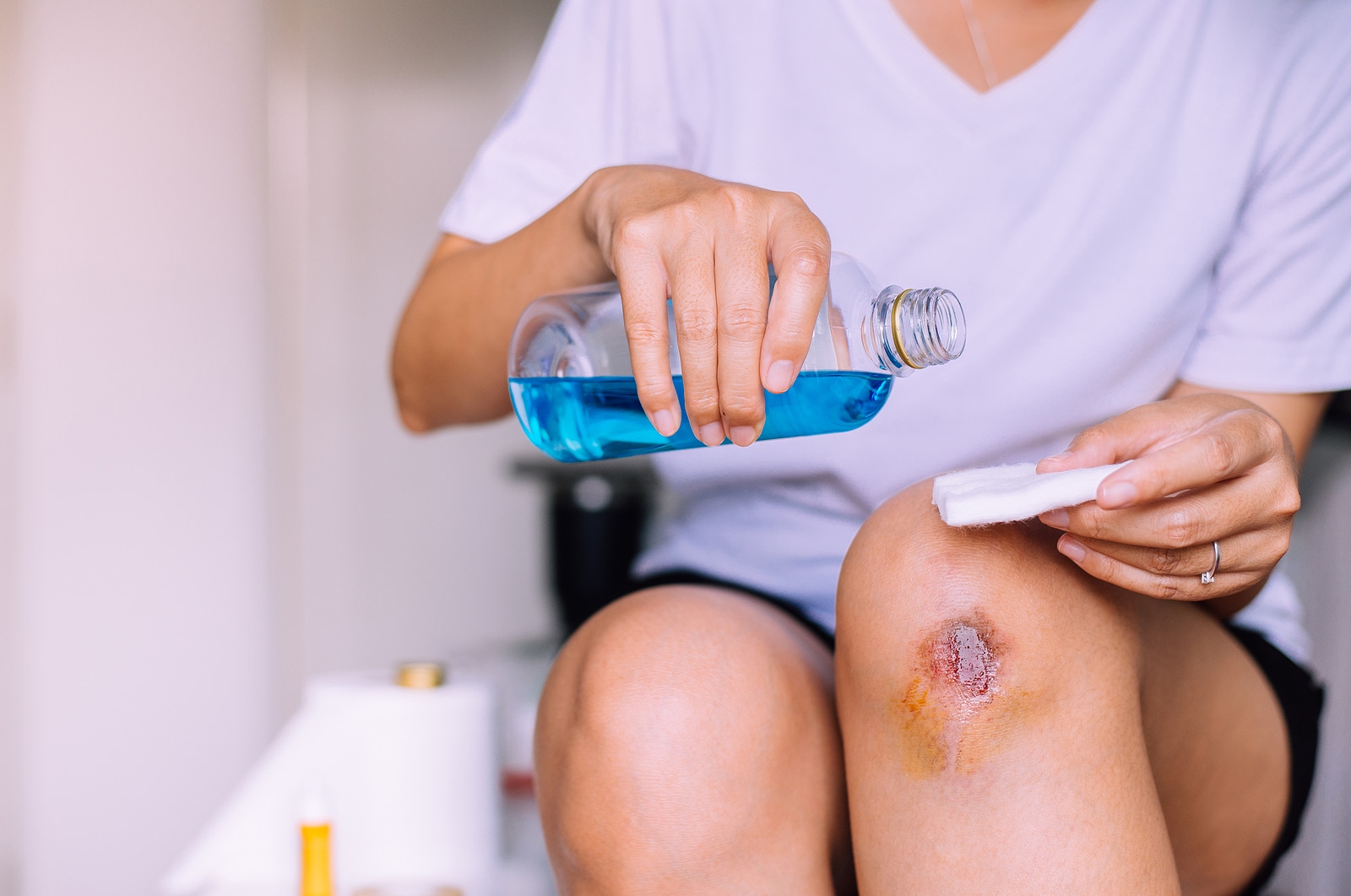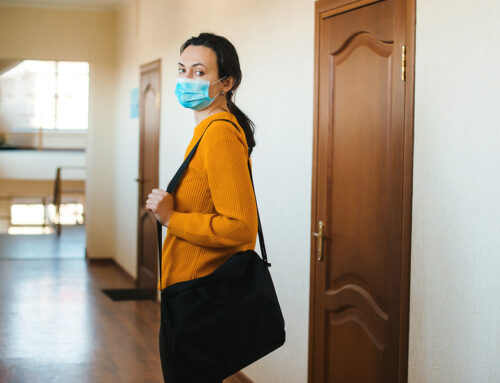Wound VAC, or vacuum-assisted closure, is a specific type of wound treatment that involves special dressings and a small vacuum system.
This type of wound dressing might be used after surgery or after an injury to heal particularly difficult wounds to treat. There are a lot of benefits to using a wound VAC for your senior.
Helps Increase Blood Supply Around and to the Wound
Because of how a wound VAC works, by sealing against the wound and drawing excess fluid out, blood flow increases around and in the wound itself. This is helpful because wounded tissue that’s healing needs an increase in blood flow, which brings oxygen and nutrients that are necessary for healing. All of this can help your senior’s wound to heal much faster than it might have otherwise.
Helps Stimulate Tissue Growth
Blood flow is only part of the story, though. The wound VAC also helps to pull the edges of wounds closer together. The increase in blood flow works to bring the nutrients that your senior’s body needs for healing, but it also reduces the amount of work her body needs to do in order to close the wound on its own. This allows her body to be more efficient while healing.
Keeps the Wound Moist and Protected
Dry wounds are a problem because dehydrated skin and wound areas create scabs that limit movement and that keep new skin cells from growing. Dehydration can also kill new cells as they’re beginning to reproduce. For new cells to form properly, they need a moist environment. A wound VAC helps to create and to maintain that moist environment while also offering protective covering for the wound itself.
Can Help to Reduce Any Swelling
Swelling in a wound area occurs because fluids build up in the area. This is how your senior’s immune system is designed to function because white blood cells and other fluids are rushing to the area to help fight infection and promote healing. But too much swelling becomes a problem and can be extremely uncomfortable. The wound VAC removes excess fluid so that it’s not building up in the wound area and creating discomfort.
Wound VAC therapy can be intimidating for family caregivers. Working with home health care providers ensures that your aging family member has the assistance that she needs with wound VAC treatment and that she’s not developing an infection or other complications.



